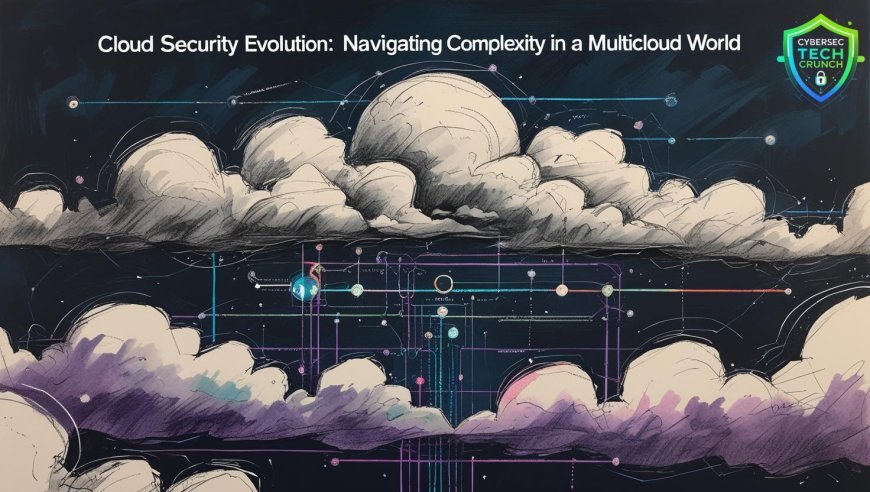Cloud Security Evolution: Navigating Complexity in a Multicloud World

Cloud Security Evolution: Navigating Complexity in a Multicloud World
The cloud has fundamentally reshaped the way businesses operate. It's agile, scalable, and cost-effective-qualities that have driven organizations of all sizes to embrace it. But as cloud environments evolve, so do the challenges that come with securing them. Today’s enterprises are not just “in the cloud,” they are operating across multiple clouds, integrating AI technologies, and increasingly relying on digital infrastructure to power daily operations. With this transformation comes an expanded attack surface, and with it, a new era in cloud security.
Gone are the days when a single cloud provider handled everything. The modern enterprise often employs a multicloud strategy-using AWS for development, Azure for enterprise apps, and Google Cloud for analytics, for example. This diversified approach brings flexibility and resilience, but also introduces complexity. Each platform has its own tools, standards, and security models. Managing consistent access controls, configurations, and monitoring across providers becomes a monumental task, and any lapse can open the door to threat actors.
Adding to the mix is the integration of artificial intelligence. AI promises to optimize workloads, predict outages, and even enhance security itself by spotting anomalies before humans can. However, these same AI systems-if not properly secured-can be exploited. Attackers could target the very algorithms we rely on for protection or poison training data to manipulate outcomes. It’s a delicate balance: harnessing AI’s benefits while staying vigilant about the new risks it introduces.
The cloud’s borderless nature also complicates traditional security thinking. Unlike on-premise environments, where data and applications lived behind a defined perimeter, cloud ecosystems are inherently fluid. Applications, workloads, and users can exist anywhere in the world, changing the game for access control and threat detection. This calls for a shift from perimeter-based defense to continuous monitoring, zero trust principles, and identity-first security models.
Misconfigurations remain one of the most common-and costly-cloud security pitfalls. A single exposed storage bucket or improperly set access rule can result in massive data leaks. Despite the availability of automated tools and alerts, many organizations still struggle with visibility. Knowing what data you have, where it lives, who can access it, and how it’s being used isn’t just helpful-it’s essential.
Regulatory compliance adds another layer of complexity. With data moving across regions and providers, staying in line with global privacy laws such as GDPR or HIPAA requires meticulous tracking and robust audit trails. Cloud providers offer some tools to help, but the responsibility ultimately falls on the organization to configure and monitor them properly.
As we move deeper into this cloud-driven world, security can no longer be a reactive process. It must be embedded into every phase of deployment-from design and development to operation and scaling. The cloud offers immense opportunity, but only for those prepared to secure it at the same pace it evolves.



























